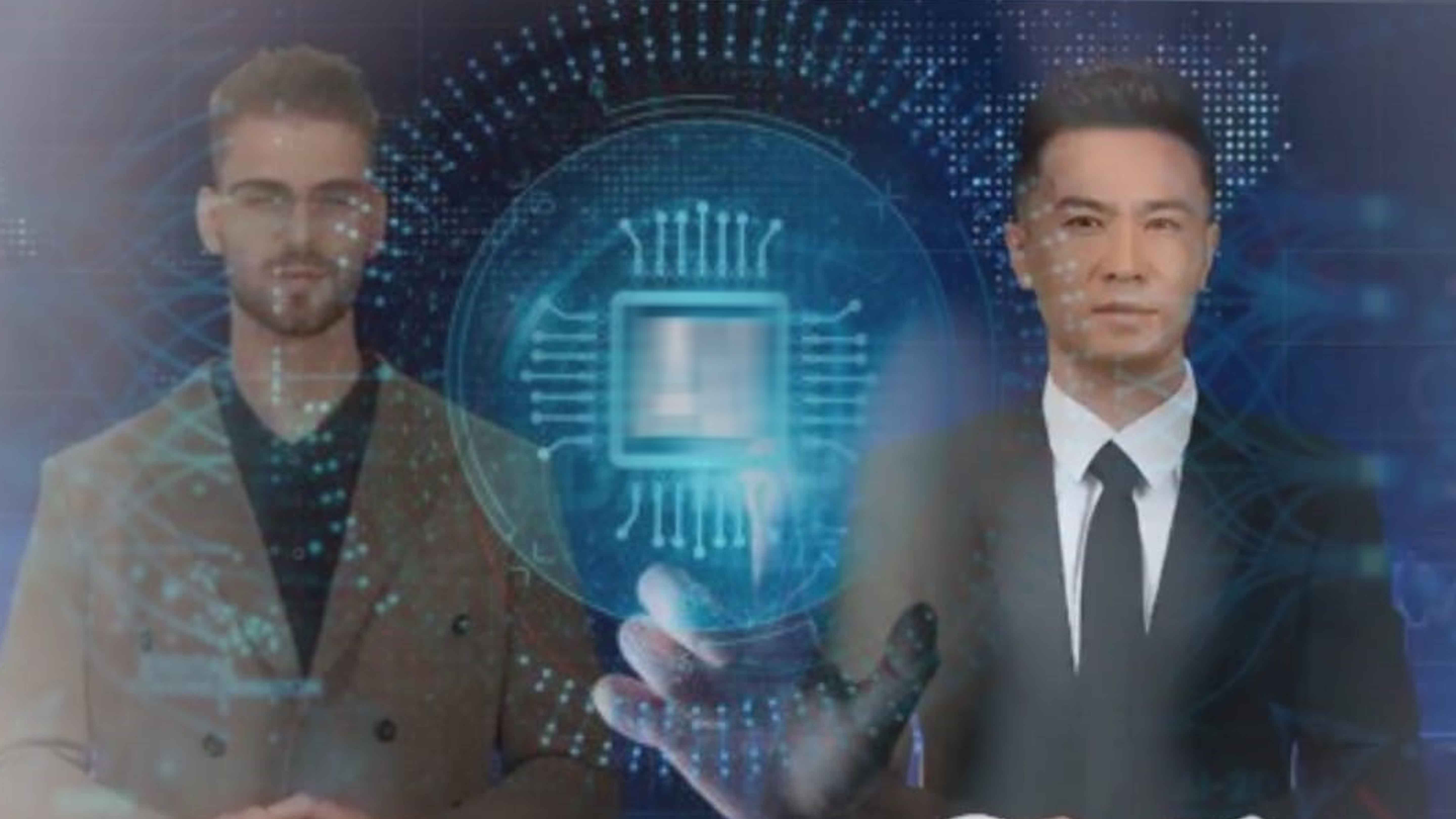
Iftikhar Firdous

January 07, 2026
By | Iftikhar Firdous

The Islamic State Khorasan (ISKP) began its first propaganda bulletin using artificial intelligence following the attack in Bamyan, Afghanistan on May 17, 2024, in which four people including three Spanish tourists were killed.
The 52-second AI-Generated video shows a male news anchor whose visage bears stark resemblance to the locals of Bamyan province. The video which is in the Pashto language is a translation of the Arabic claim made by the Islamic State’s Central mouthpieces Amaq and Nashir News. The scripted translation published by ISKP’s semi-official propaganda wing Al-Azaim Media is spoken by the AI-Generated news anchor, the video appeared a day after the attack in Bamyan. The audio of the anchor is completely lip-synced by using text-to-speech (TTS) and Text-to Video (TTV) tools.
The second AI-Generated propaganda video appeared on May 21, 2024, with a different-looking news anchor dressed in Western clothing to announce the claim of the car bombing in Kandahar. The Pashto accent of the anchor differentiates from the first video with a more Kandahari-styled intonation. The videos have tried to emulate the screen settings of major Afghan News outlets in their outlook, the channel’s logo describes it as ‘Khurasan Television”, an advancement from the first phase of ISKP content that was focused on audio propaganda called Khorasan Ghag Radio.
The first video dry run was uploaded to an ISKP internal channel on Threema as of May 17, which includes all the claims from Islamic State in West Africa, however; the AI-generated video seems to be out of sync and the non-verbal gestures do not match the word flow, this video is much longer, 74 seconds, because of no specified content and seems to be a trial.
However, the first AI news bulletins by Islamic State Central appeared on Rocketchat after the Crocus City Hall attack by the Islamic State (IS) in Moscow, Russia on March 26, 2024. A total of 5 videos appeared in different background settings like a real news bulletin, using all male anchors and a pastiche of media production techniques. Even though the five videos present themselves as a new form of cutting-edge media production, it is worth noting that, except for the first video dated 26 March, some of the material shows considerable discrepancies in terms of chronology and geography between the IS media center and Amaq bulletins and the images that follow them. The institutional material presented in the videos refers to recent IS operations, while some of the images date back to 2022, 2023, and even 2017. Specifically, in the second video, images are from 2023 and 2017 (one of which cannot be identified because its characters are too generic), while in the third video, images are from 2022 and 2023.
The IS digital eco-system has been experimenting with the use of technology in amplifying its propaganda, during the month of Ramzan, the Islamic State published a 15-part animated series the target audience of which were children, two juvenile characters without any facial features, Muavia and Salim, indulge in a dialogue that rhetorically ends up in propagating the views of the Islamic State. The animated series published by the Sarh Al-Khilafa, the tower of the caliphate, the group’s name is likely derived from a 2016 media release by Al Furqan media affiliated with Islamic State Central. The bot for Sarh Al Khilafa was taken down after the Crocus City Hall in Moscow, Russia. At the time it was published in at least four different languages, while most of the content was in French and Arabic.
In the aftermath of the Moscow attack, an evident key trend is that affiliates of IS and ISKP have adapted their online strategy to evade detection and suspension. Their accounts both encrypted and open on social media are now sharing content carrying music, clips from wildlife documentaries, sports, and general entertainment. This tactic aims to avoid account suspensions and maintain their online presence.
In 2023, ISKP conducted at least 3 sessions of online courses that lasted 24 days each for its Munasireen, a term the group uses for non-combatant online propagandists that create visual, audio, and video assets along with another major aim for looking out for possible recruits, these courses were propagated in various ISKP affiliated channels on Rocket Chat, Threema, Matrix, and Telegram. The courses designed in Pashto, Farsi, Urdu, and Tajiki included readily available frequently asked questions related to ISKP while its primary function was to enable digital literacy including an advance course in Artificial Intelligence. Lately, the group has been using the name of a master trainer, by the pseudonym, Al Muhajir, looking for recruits internally within the IS Jihadist ecosystem to train in artificial intelligence.